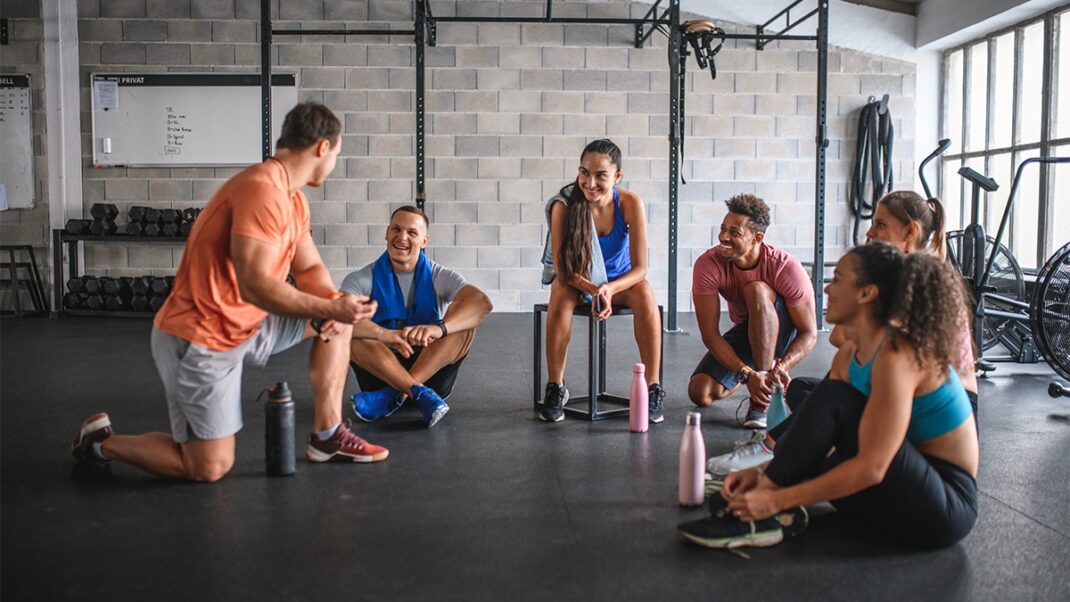3 Common Mistakes Beginners Make in September Reset Workouts

September feels like a “second New Year.” With school back in session and routines shifting, many people see it as the perfect time to reset fitness goals. But jumping in too quickly can backfire. Here are three common mistakes beginners make in their September reset—and how to avoid them:
1. Going from 0 to 100 overnight
The excitement of a fresh start often leads people to overcommit—five workouts a week, long runs, or heavy lifts right out of the gate. The problem? Your body isn’t ready. This sudden load increases soreness, burnout, and injury risk. Instead, build gradually: start with 2–3 workouts a week, then increase frequency or intensity as your consistency solidifies (Garber et al., 2011).
2. Skipping the warm-up and cool-down
With busy fall schedules, it’s tempting to shave time off by skipping prep and recovery. But cold muscles are stiff muscles, and tight muscles recover poorly. A dynamic warm-up (leg swings, arm circles, light cardio) prepares your body to perform, while stretching or mobility drills afterward help reduce soreness and keep progress sustainable (Behm et al., 2016).
3. Forgetting recovery is part of training
Beginners often think results only come from “more work.” But sleep, hydration, and rest days are the silent drivers of progress. Without them, workouts break you down instead of building you up. Plan at least one full rest day per week and aim for consistent sleep to maximize strength, endurance, and motivation (Kölling et al., 2016).
Bottom line: September is a great time to hit reset—but smarter, not harder, is the winning formula. Build gradually, respect recovery, and treat every session as an investment in long-term consistency.
References
-
Behm, D. G., Chaouachi, A., Lau, P. W. C., & Wong, D. P. (2016). Short-duration static stretch does not impair repeated sprints and may improve repeated jump performance. European Journal of Applied Physiology, 116(3), 511–519. https://doi.org/10.1007/s00421-015-3309-1
-
Garber, C. E., Blissmer, B., Deschenes, M. R., Franklin, B. A., Lamonte, M. J., Lee, I. M., Nieman, D. C., & Swain, D. P. (2011). Quantity and quality of exercise for developing and maintaining cardiorespiratory, musculoskeletal, and neuromotor fitness in apparently healthy adults: Guidance for prescribing exercise. Medicine & Science in Sports & Exercise, 43(7), 1334–1359. https://doi.org/10.1249/MSS.0b013e318213fefb
-
Kölling, S., Duffield, R., Erlacher, D., Venter, R., & Halson, S. L. (2016). Sleep-related issues for recovery and performance in athletes. International Journal of Sports Physiology and Performance, 11(6), 733–740. https://doi.org/10.1123/ijspp.2015-0190


